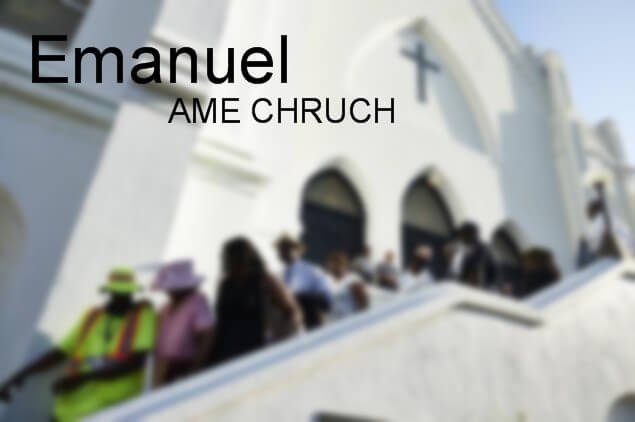
Emanuel AME Church
The study of the AME church history reminds me of an heirloom quilt. Each patch is a symbol of past triumphs and struggles. It is a summation of life’s fires, earthquakes, storms, losses, and victories. Most importantly, each patch is there as a reminder that “troubles don’t last always.” Read below to learn about the towering historical strength of the SC Emanuel AME Church.
The Emanuel AME Church is a part of one of the world’s largest African-American denominations. The African Methodist Episcopal Church or AMEC. Churches are found on five continents in 39 countries.
African Methodist Episcopal Church
How did the African Methodist Episcopal Church begin? During a service, African Americans were “dragged from the altar” at St. George’s Methodist Episcopal Church while praying. Later, Richard Allen and others formed the Free African Society (FAS). It was a program designed to help runaway and newly freed slaves. The Freeman Society became the African Methodist Episcopal Church which was Founded in Philadelphia in 1787. The AMEC’s vision is to “seek out, save the lost, and serve the needy.” Today, Emanuel AME is keeping the vision alive. The gospel of Jesus Christ is still being made available for “all people” in the end times.
AME Church was Founded by Morris Brown
Morris Brown and Denmark Vesey founded Emanuel AME Church in 1816. It is the oldest AMEC in the South. There was a disagreement about burial grounds. As a matter of fact, African-American members moved their membership from the MEC in Charleston, South Carolina. In 1818, the new congregation moved into their new church under the leadership of Morris Brown
The Emanuel AME Church experienced racial turmoil. Church raids were conducted. Church leaders and members were whipped, fined, and jailed. And, Denmark Vesey and others were executed. The new church was burned to the ground after their plot to start an uprising was discovered. Morris Brown was imprisoned without conviction and was finally released. He was joined by other members and went to the church in Philadelphia. In 1834, Charleston banned all black churches. The remaining faithful few still managed to meet secretly.
The future of the Morris Brown and the Emanuel AME Church was set in motion after the Civil War. Bishop Daniel Payne placed Richard H. Cain as Pastor of the two congregations. Later, the church was rebuilt with the help of Denmark Vesey’s son, an architect. However, fourteen years later the wooden church was destroyed again by an earthquake. It was rebuilt in 1891. Today, the sanctuary houses some of its original artifacts. It is able to seat almost 3,000 people.
In 1951, signs of new progress filled the sanctuary of Emanuel AME Church. The membership was growing. Almost $500,000 went toward outstanding renovations for the church. Sadly, in 1989, Hurricane Hugo dealt another unexpected blow. Major repairs had to be made.
Voter Registration SC
Emanuel AME Church was active in community affairs. It has been the site of voter registration meetings and hospital strikes. Emanuel has hosted well-known Black and white speakers and visitors such as Martin Luther King Jr. It has provided support for charities, local art shows, concerts, black historical events, and more.
“upon this rock I will build my church, and all the powers of hell will not conquer it”
Emanuel AME Church still stands as being “more than a conqueror.” In spite of its past fires, earthquakes, storms, and recent tragic losses of its Pastor and nine members. As in Christ’s teaching from Matthew, Chapter 16 verse 18 of the New Living Translation, “Upon this rock I will build my church, and all the powers of hell will not conquer it.”
Let There Be Peace
“They’ll Know We are Christians by Our Love”
It is quite fitting that “Emmanuel” meaning “God with us” was placed in the name of Emanuel AME Church. While mourning, those who remain extend forgiveness. They chose love instead of hatred. Peter Scholtes, a very talented Christian hymn writer, wrote a song for an upcoming interracial church event. It is sung by Jars of Clay, a Christian song artist. Scholtes wrote the famous hymn “They’ll Know We Are Christians by Our Love.” Furthermore, Scholtes always ended his letters with “Let there be peace in the world. “
Has the history of the Emanuel AME church or the AMEC organization impacted your life? We greatly appreciate your sharing any experiences and testimonies. Also visit us at KNCB.ORG for sermon videos, information about Azusa Street, Christian songs, and more.
©Vivian Caine – All Rights Reserved













Comments are closed.